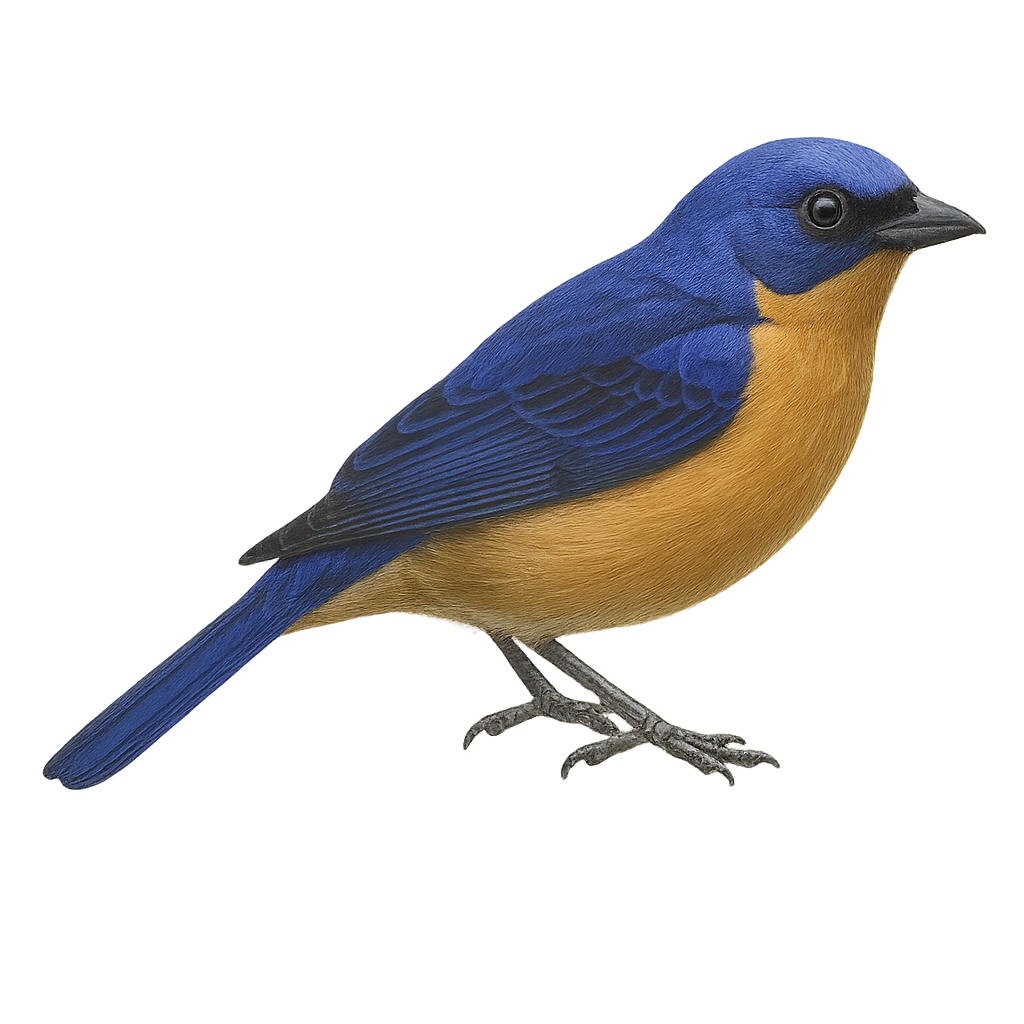Your wildlife photography guide.
Explore the fawn-breasted tanager in detail, study its behavior, prepare your shots.
Where to observe and photograph the fawn-breasted tanager in the wild
Learn where and when to spot the fawn-breasted tanager in the wild, how to identify the species based on distinctive features, and what natural environments it inhabits. The WildlifePhotographer app offers tailored photography tips that reflect the fawn-breasted tanager’s behavior, helping you capture better wildlife images. Explore the full species profile for key information including description, habitat, active periods, and approach techniques.
Fawn-breasted Tanager
Scientific name: Pipraeidea melanonota

IUCN Status: Least Concern
Family: THRAUPIDAE
Group: Birds
Sensitivity to human approach: Suspicious
Minimum approach distance: 10 m
Courtship display: October to November
Incubation: 13-15 jours
Hatchings: October to December
Habitat:
humid forests, forest edges, shrublands
Activity period :
Primarily active during the day, with peak activity in the morning and late afternoon.
Identification and description:
The Fawn-breasted Tanager, or Pipraeidea melanonota, is a colorful bird belonging to the Thraupidae family. It is recognized for its vibrant plumage, featuring a black back contrasting with a bright yellow belly and shades of blue on its wings and head. This bird is mainly found in the mountainous regions of South America, particularly in Argentina, Brazil, and Paraguay. It inhabits humid forests, forest edges, and shrublands. The Fawn-breasted Tanager is a diurnal, active, and sociable bird, often seen in small groups. Its diet primarily consists of fruits, nectar, and insects. Although not considered threatened, deforestation and habitat loss can impact its local populations.
Recommended lens:
400 mm – adjust based on distance, desired framing (portrait or habitat), and approach conditions.
Photography tips:
To photograph the Fawn-breasted Tanager, it is advisable to use a telephoto lens of at least 400mm to capture precise details without disturbing the bird. Look for areas where the bird is active, such as forest edges or fruit-bearing shrubs. Be patient and discreet, as this bird can be suspicious. Use a tripod to stabilize your camera and adjust your shutter speed to compensate for quick movements. Take advantage of natural morning or afternoon light to achieve vibrant colors and good contrast in your images.
The WildlifePhotographer App is coming soon!
Be the first to explore the best nature spots, track rutting seasons, log your observations, and observe more wildlife.
Already 1 431 wildlife lovers subscribed worldwide

